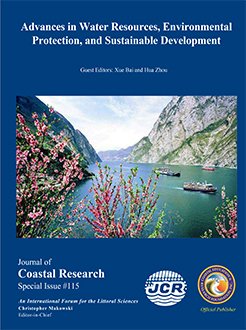Zhou, Q., 2020. Research on architectural space design of coastal cities based on virtual reality technology. In: Bai, X. and Zhou, H. (eds.), Advances in Water Resources, Environmental Protection, and Sustainable Development. Journal of Coastal Research, Special Issue No. 115, pp. 13-16. Coconut Creek (Florida), ISSN 0749-0208.
The development of coastal city building areas is of great significance. As the city's most direct “gateway”, the coastal zone develops marine resources and marine cultural industries. Whether the coastal city architecture is harmonious with the city space it is located in depends on the public's feeling in a considerable part. Simply speaking, it is the feeling of people in the created space. Hydrophilicity is a natural instinct of people. The development and utilization of coastal landscape can not only create a “poetic” landscape effect, but also use certain means to expand space. Starting from the three essential elements of space, time, space and matter, this paper discusses the new changes in the concept of architectural space and the thinking of space design in coastal cities. Virtual reality to express and imagine the world is always the source for people to create art and change the world. Virtual reality technology will play a more important role in the future coastal city landscape planning and design.





